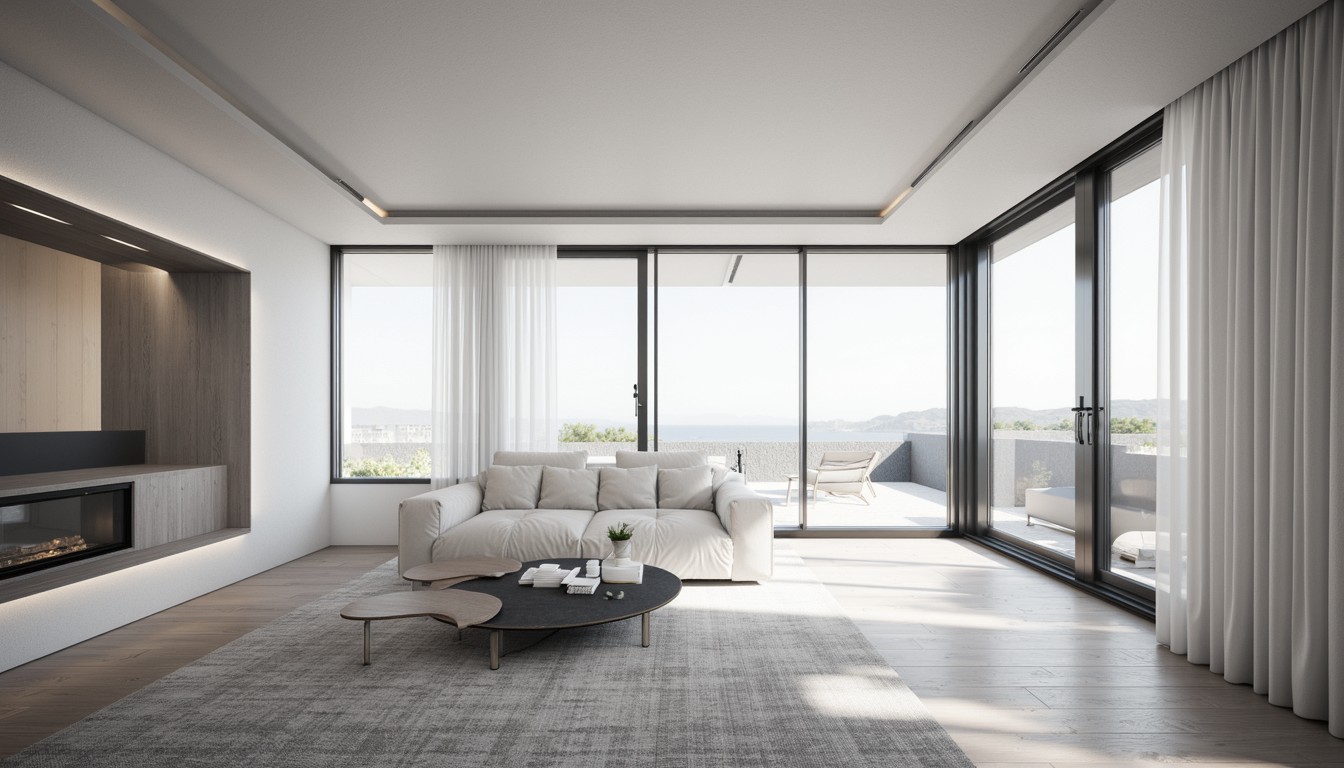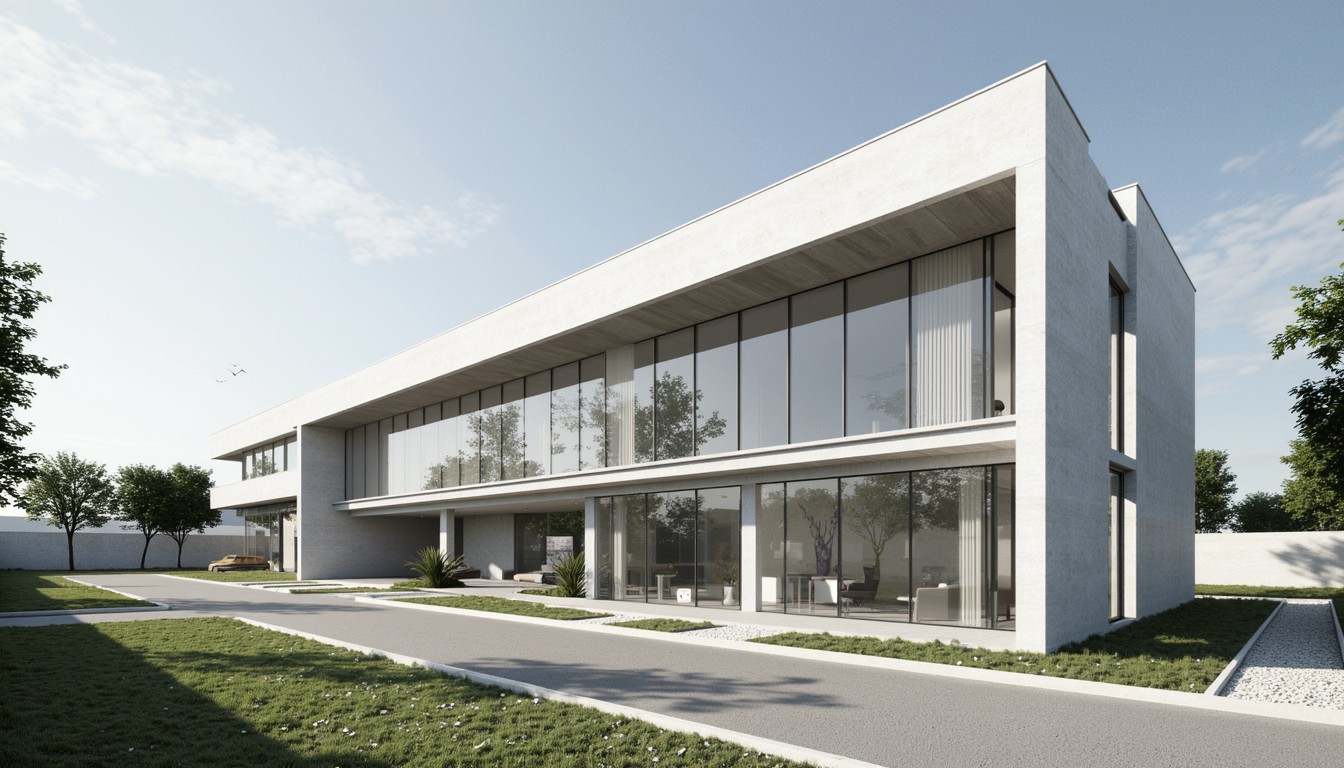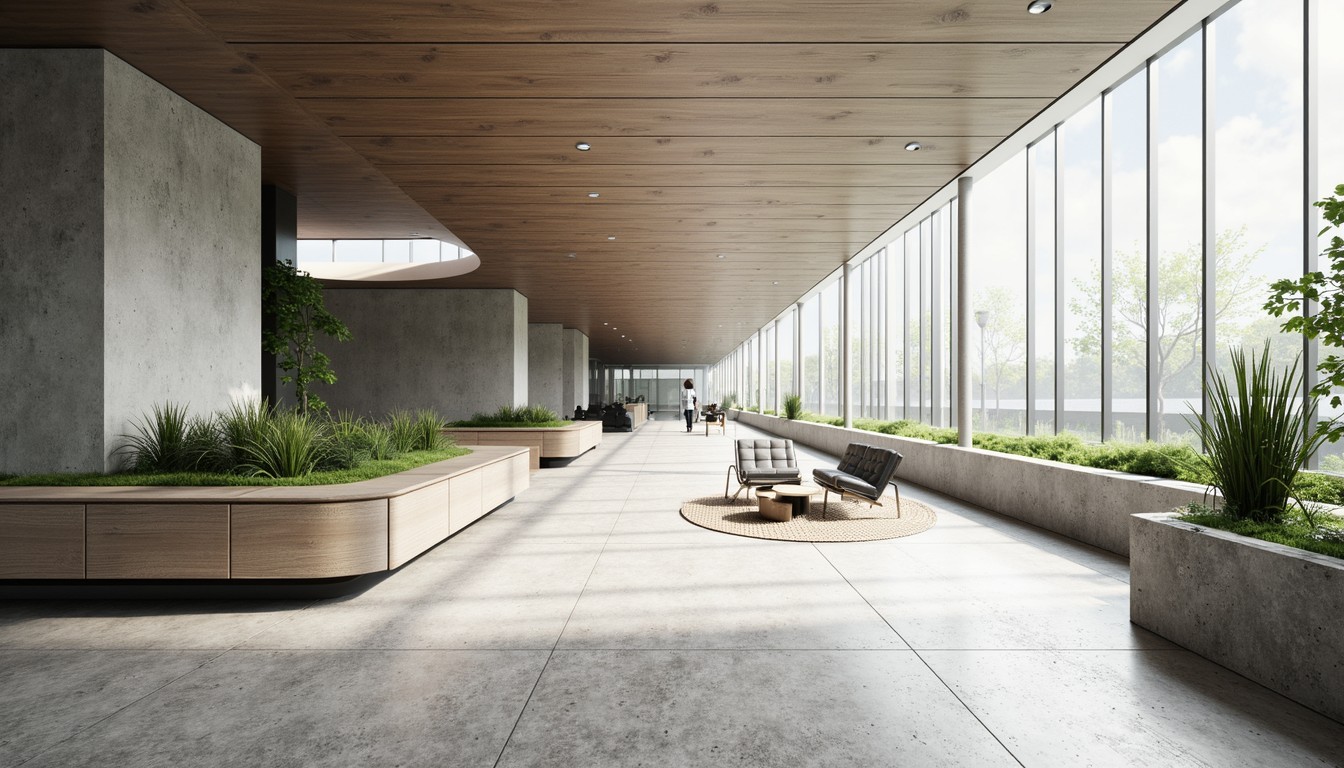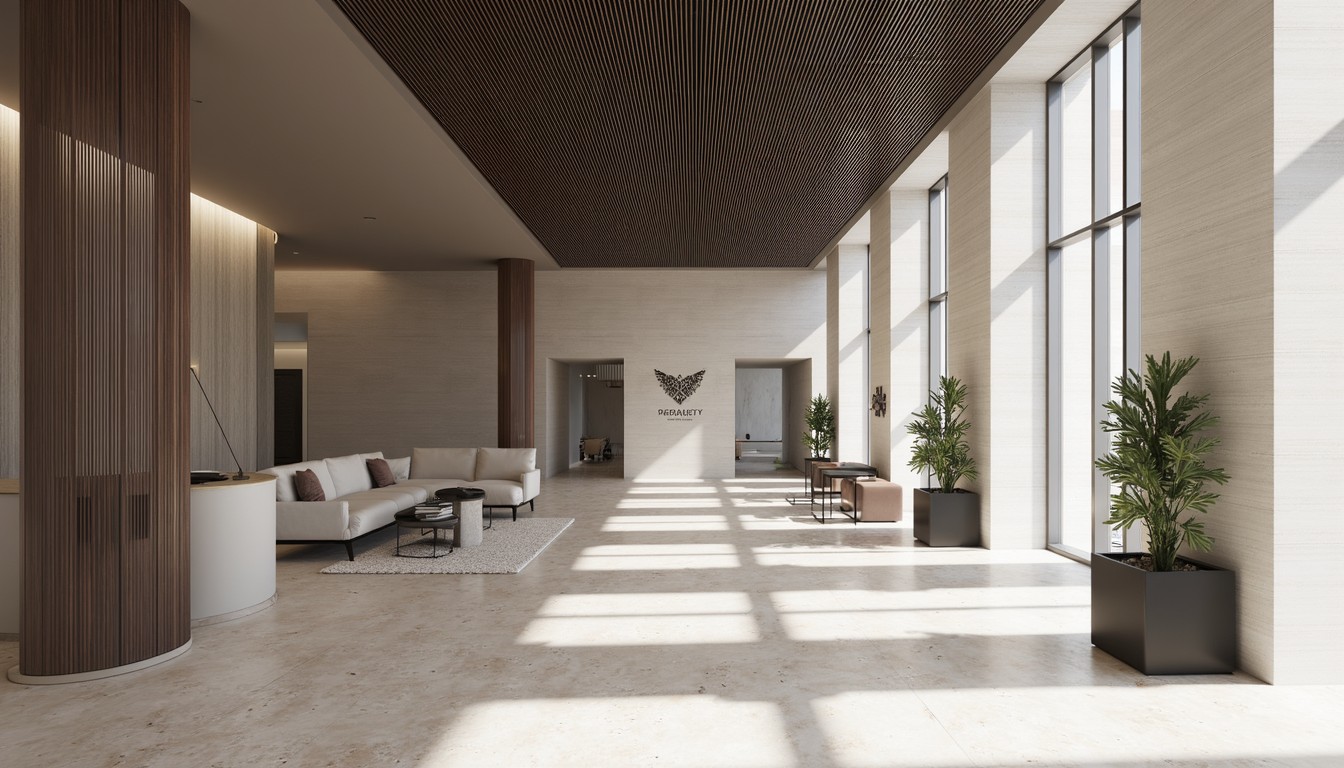VR in Architecture: Designing Tomorrow's Spaces
The architectural landscape is undergoing a dramatic transformation, fueled by technological advancements that are reshaping how we design, visualize, and experience built environments. At the forefront of this revolution is Virtual Reality (VR), offering architects and designers unparalleled opportunities to create more innovative, efficient, and client-centric projects. ArchNav, a leader in architectural visualization, understands the transformative power of VR and leverages its potential to deliver exceptional results for our clients.
Immersive Design and Enhanced Collaboration

Gone are the days of static 2D blueprints and cumbersome physical models. VR provides architects with an immersive, interactive environment to explore their designs in unprecedented detail. Instead of simply looking at a rendering, designers can step inside their creations, experiencing the scale, proportions, and spatial relationships firsthand. This immersive experience allows for a deeper understanding of the design's impact, leading to more informed decisions and iterative refinements.
Furthermore, VR fosters seamless collaboration among architects, engineers, clients, and stakeholders. Multiple users can simultaneously enter the virtual space, facilitating real-time feedback and discussions. This interactive approach significantly reduces misunderstandings, streamlines the design process, and ensures everyone is on the same page, ultimately leading to a more successful project.
Early Detection of Design Flaws and Improved Accuracy
One of the most significant benefits of VR in architecture is its ability to identify potential design flaws early in the process. By walking through the virtual space, architects can detect spatial conflicts, accessibility issues, or ergonomic problems that might otherwise go unnoticed in traditional 2D drawings. This proactive approach minimizes costly revisions and delays during construction.
VR also enhances the accuracy of architectural designs. The immersive environment allows for precise measurements and detailed analysis of spatial relationships, ensuring that the final product aligns perfectly with the initial design vision. This level of precision reduces the risk of errors and ensures a smoother construction process.
Client Engagement and Enhanced Presentation

In today's competitive market, engaging clients effectively is paramount. VR offers an exceptional tool for presenting architectural designs to clients in a compelling and memorable way. Instead of relying on static renderings or difficult-to-grasp blueprints, architects can immerse their clients in the virtual space, allowing them to fully experience the proposed design and provide valuable feedback.
This immersive presentation approach significantly improves client understanding and buy-in, fostering stronger client relationships and reducing the likelihood of costly design changes later in the project lifecycle. The emotional connection created through VR enhances the client experience and solidifies the architect's position as a trusted advisor.
Real-World Applications of VR in Architecture
The applications of VR in architecture are vast and continuously expanding. Here are just a few examples:
- Residential Design: Allowing clients to virtually 'walk through' their future homes before construction begins.
- Commercial Projects: Visualizing large-scale spaces like offices, retail stores, and hotels, enabling detailed planning and client approval.
- Urban Planning: Simulating urban environments to assess the impact of new developments on existing infrastructure and communities.
- Landscape Architecture: Creating immersive experiences that allow clients to visualize proposed landscaping and outdoor spaces.
- Interior Design: Experimenting with different furniture layouts, materials, and lighting schemes in a virtual environment.
The Future of VR in Architecture

The future of VR in architecture is bright. As technology continues to advance, we can expect even more sophisticated and immersive experiences. The integration of AI and machine learning will further enhance design capabilities, allowing for automated design generation and optimization. The combination of VR and augmented reality (AR) will create hybrid experiences that bridge the gap between the virtual and physical worlds, transforming how we design and interact with our built environment.
ArchNav: Your Partner in VR Architectural Visualization
ArchNav is at the forefront of this technological revolution, providing cutting-edge VR architectural visualization services to clients worldwide. We leverage the latest VR technology and our expertise in architectural design to deliver exceptional results. Our team of experienced professionals understands the nuances of VR and its application in various architectural contexts. We are committed to pushing the boundaries of architectural visualization, helping our clients create stunning, functional, and sustainable spaces. Contact us today to learn how we can help you design tomorrow's spaces with the power of VR.
